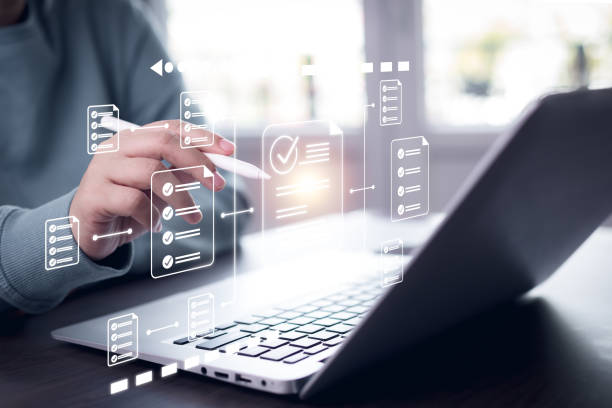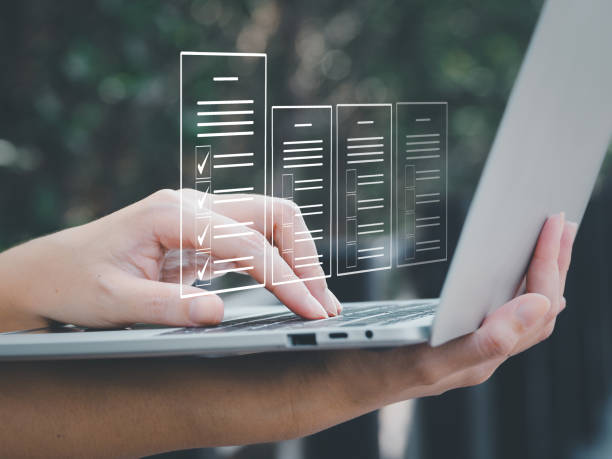What is On-Page SEO? Understanding its Concept and Importance

#On-page SEO#, also known as on-page optimization, is a set of actions and techniques performed within a website to improve its ranking in search engine results.
These actions include optimizing content, site structure, HTML codes, and other technical elements.
The main goal of #On-page SEO#, is to help search engines better understand the content of your pages and to provide the best user experience to visitors.
In this educational section, we delve deep into the concept of On-page SEO and its crucial importance in the overall SEO strategy.
Without a strong foundation in search engine optimization, even the best off-page SEO strategies cannot achieve desired results.
This section provides a comprehensive explanation to familiarize readers with the basic principles.
The importance of On-page SEO lies in its ability to send clear and consistent signals to search engines, which helps them accurately evaluate the relevance and authority of your page.
Ultimately, understanding and correctly implementing these principles provides a strong foundation for visibility in the competitive web world and ensures the long-term success of your website.
This topic requires an extensive analytical discussion to cover all angles.
Does your company’s website perform as it deserves for your brand? In today’s competitive world, your website is your most important online tool. RasaWeb, a specialist in professional corporate website design, helps you to:
✅ Gain customer credibility and trust
✅ Convert website visitors into customers
⚡ Get a free consultation!
Keyword Research for Effective On-Page SEO
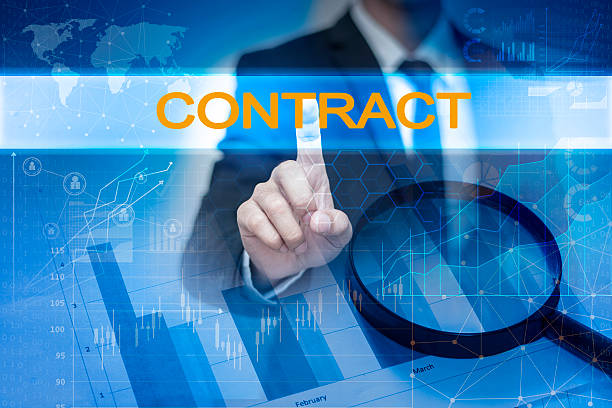
Researching and selecting appropriate keywords is the backbone of any successful On-page SEO strategy.
This process involves identifying the phrases and words your target audience uses to find products, services, or information related to your business in search engines.
Once identified, these words should be strategically incorporated into page content, titles, meta tags, and meta descriptions.
This approach provides guidance on how to find and use the best keywords.
A crucial part of keyword research is understanding users’ Search Intent.
Are they looking for information, purchasing a product, or comparing options? Answering these questions helps you create more relevant and precise content that meets user needs, thereby improving your On-page SEO performance.
Using keyword research tools like Google Keyword Planner, Ahrefs, or SEMrush can be very helpful in this process and provide specialized insights.
These tools show search volume, competition level, and related keywords.
Choosing long-tail keywords is also very important for On-page SEO, as they have less competition and often indicate a more specific search intent.
A precise plan for integrating these keywords into your content strategy is essential for strengthening your website’s On-page SEO.
Content and Quality Optimization in On-Page SEO

Content is king, and this principle applies to On-page SEO more than ever.
Producing high-quality, unique, and valuable content not only attracts users but also convinces search engines that your page has high authority and relevance.
To optimize content, special attention must be paid to its structure; using appropriate headings and subheadings (H1, H2, H3) helps with readability and content organization, and also sends important signals to search engines.
This specialized section examines how to produce content that is both engaging for users and optimized for search engines.
Naturally integrating keywords, writing long and comprehensive texts (if necessary), and addressing users’ question-provoking content are among the key points.
Furthermore, different types of content such as news content, educational, entertaining, and analytical, can each play an important role in the On-page SEO strategy.
Ensuring that your content is well-researched, accurate, and trustworthy is a fundamental principle that significantly helps increase your website’s authority and ranking.
Content quality is one of the most important factors in the success of On-page SEO.
| Content Type | Main Goal | Impact on On-Page SEO | Example |
|---|---|---|---|
| Educational Content | Education and awareness | Increased user dwell time, natural backlink acquisition, reduced bounce rate | “How-to” articles, comprehensive guides |
| News Content | Providing up-to-date information | High short-term traffic, credibility building, rich snippet opportunities | Industry news, product updates |
| Analytical Content | In-depth review and perspective | Increased authority (E-A-T), attracting specialized audiences, academic references | Research reports, market analyses |
| Thought-provoking Content | Encouraging thought and interaction | Increased user engagement, discussion creation, viral potential | Surveys, challenging articles |
| Entertaining Content | Attracting and retaining user interest | Increased social sharing, improved engagement rate, increased page views | Infographics, humorous videos, contests |
Technical Aspects of On-Page SEO: Site Speed and Mobile Compatibility
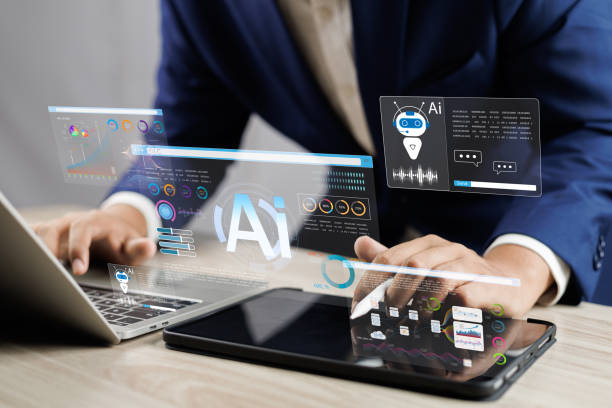
In addition to content, the technical aspects of a website also play a very important role in On-page SEO.
Two crucial factors in this regard are site loading speed and its compatibility with mobile devices.
Search engines like Google prefer websites that load quickly and provide a good mobile user experience.
Slow site speed can lead to an increased bounce rate and a negative user experience, both of which harm your On-page SEO ranking.
Tools like Google PageSpeed Insights can help you identify speed issues.
Image optimization, code compression (HTML, CSS, JavaScript), and caching are among the specialized solutions for increasing site speed.
On the other hand, with the increasing use of smartphones, mobile compatibility is no longer an option but a necessity.
Your website should have a responsive design to display correctly on all screen sizes, from desktop to tablet and mobile.
Google uses Mobile-first indexing, meaning it considers your site’s mobile version as the primary version for ranking.
Therefore, ensuring flawless website performance on mobile is vital for improving On-page SEO and is considered a key guideline for webmasters.
Did you know that 94% of the first impression of a company is related to its website design?
RasaWeb, by offering professional corporate website design services, helps you create the best first impression.
✅ Create a professional and trustworthy image for your brand
✅ Easier attraction of potential customers and improved online presence
⚡ Get a free consultation for corporate website design!
URL Structure and Internal Linking in On-Page SEO
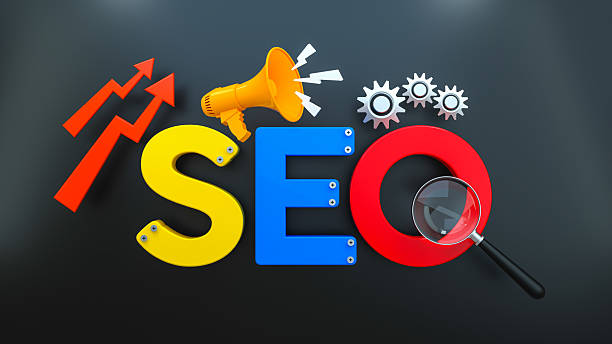
URL structure and internal linking strategy are two other essential components in optimizing On-page SEO that are often overlooked but have a significant impact on your website’s performance in search engines.
Clean, descriptive, and short URLs are not only more understandable for users but also help search engines better comprehend the page’s topic.
Using keywords in URLs (if relevant) and removing extra or ambiguous characters are among the best practices for improving On-page SEO of URLs.
This is a practical guide for designing page addresses.
Furthermore, Internal Linking refers to connecting different pages of your website to each other.
This has several benefits: Firstly, it helps search engines crawl your website structure better and discover new pages.
Secondly, it distributes SEO value (Link Equity) among different pages, lending authority even to less important ones.
Thirdly, it improves the user experience, as users can easily navigate your site and find more relevant information.
A smart internal linking strategy, utilizing relevant and natural anchor texts, can significantly improve your website’s On-page SEO ranking and is an important analysis of how power is distributed among pages.
Image and Media Optimization for On-Page SEO
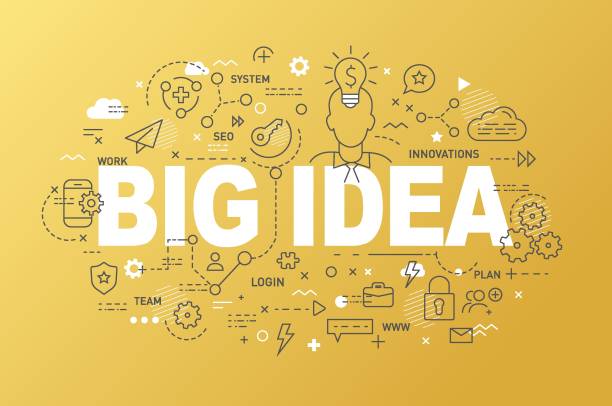
Images and other media elements play a vital role in a website’s visual appeal and also in On-page SEO.
Proper optimization of these elements can help improve rankings, increase site speed, and enhance the user experience.
The most important aspect of image optimization is compressing their file size without significant loss of quality.
Large images can significantly reduce page loading speed, which harms SEO and user experience.
Using modern image formats like WebP can also be helpful in this regard.
Another important factor is using alternative text (Alt Text) for images.
Alt Text provides a brief description of the image content, which is useful for visually impaired users and helps search engines understand the image.
Including relevant keywords in Alt Text (naturally, not through keyword stuffing) can help improve On-page SEO for images.
Also, naming image files with descriptive words and using a proper structure for image URLs are other important tips.
Videos and other media files should also be optimized so they do not harm site loading speed and provide an entertaining experience.
This comprehensive explanation helps you understand all aspects of media optimization and effectively apply it in your On-page SEO strategy.
User Experience (UX) and Its Impact on On-Page SEO

User Experience (UX) and On-page SEO are no longer two separate concepts; rather, they are strongly intertwined.
Search engines, especially Google, prioritize websites that offer an excellent user experience.
UX signals such as low Bounce Rate, high Dwell Time, and high Click-Through Rate (CTR) are all indicators of user satisfaction that help search engines determine page ranking.
Responsive Design, easy navigation, readable and engaging content, and clear Call to Action are all factors that improve the user experience and consequently help your On-page SEO.
This section provides an in-depth analysis of the synergy between UX and SEO.
Ensuring that your website is fast, secure, and easy to use is essential for attracting and retaining visitors.
A website with poor UX, even with the best content and keyword optimization, cannot succeed in the long run, as users will quickly abandon it.
Google has introduced Core Web Vitals as official metrics for measuring page experience, which directly impact On-page SEO and serve as a clear guidance for webmasters.
Optimizing for these metrics (Largest Contentful Paint, First Input Delay, Cumulative Layout Shift) is crucial for any website.
| UX Factor | Description | Impact on On-Page SEO |
|---|---|---|
| Page Loading Speed | Time required for full page content to load | Reduced bounce rate, improved Core Web Vitals, direct ranking signal |
| Responsive Design | Compatibility of the site with various devices (mobile, tablet, desktop) | Improved mobile ranking, better accessibility for users |
| Easy and Intuitive Navigation | Simplicity of finding information and moving around the site | Increased dwell time, reduced bounce rate, improved crawler indexing |
| Readability and Content Formatting | Ease of reading text and visual appeal | Increased user engagement, reduced bounce rate, improved content absorption |
| Website Security (HTTPS) | Use of SSL certificate for data encryption | Ranking signal, increased user trust |
Schema Markup and Rich Snippets in On-Page SEO
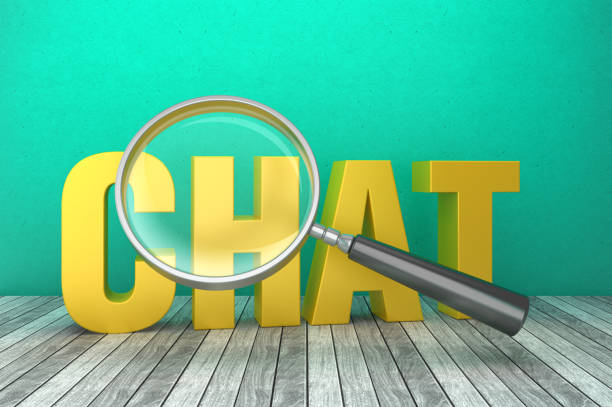
Schema Markup is one of the most advanced techniques in On-page SEO that helps search engines understand your page content in a deeper and more structured way.
You add these codes to your page’s HTML to introduce specific information such as content type (article, product, event, recipe, review, etc.), author, rating, price, and other details to search engines.
By correctly implementing schema, you can enable Rich Snippets in search results.
Rich Snippets display additional and more engaging information alongside the title and meta description, such as star ratings, product images, or event dates.
This directly impacts the Click-Through Rate (CTR) and makes your page stand out among competitors.
This is a specialized aspect of On-page SEO that requires technical knowledge.
Using tools like Google’s Structured Data Testing Tool is very important for validating schema code.
Implementing schema can help improve your ranking in voice searches and also in SERP Features like direct answers and carousels.
This guide helps webmasters understand how they can significantly improve their website’s visibility in search results and attract more targeted traffic, acting as an important strategy in On-page SEO.
Are you worried about your e-commerce site’s low conversion rate and not achieving desired sales?
RasaWeb is your specialized solution for a successful e-commerce site.
✅ Significant increase in conversion rate and sales
✅ Professional and user-friendly design to satisfy customers
⚡ Ready for a transformation in online sales? Get a free consultation!
Monitoring and Data Analysis in On-Page SEO
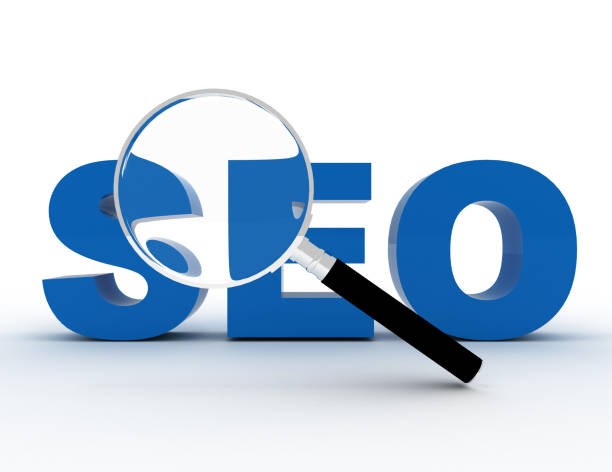
Monitoring and data analysis are an inseparable part of any successful On-page SEO strategy.
Without continuously monitoring website performance and reviewing data, you cannot identify your strengths and weaknesses and make informed decisions for improvement.
Tools like Google Analytics and Google Search Console are invaluable resources for gathering information about website traffic, user behavior, keywords used, and technical issues.
Google Analytics allows you to track metrics such as page views, bounce rate, dwell time, and user navigation paths.
This data shows you how entertaining and useful your content is and where more optimization is needed.
On the other hand, Google Search Console provides insights into how search engines interact with your site, including the keywords your pages rank for, indexing issues, and crawl errors.
Using these tools to perform a precise analysis of On-page SEO performance, identify opportunities, and resolve issues is essential.
An educational approach to using these tools can help you gain a deeper understanding of the data and make data-driven decisions for continuous improvement of On-page SEO, ensuring sustainable website success.
Advanced Strategies and the Future of On-Page SEO

The world of SEO is constantly changing, and On-page SEO is no exception.
To maintain an edge and achieve sustainable success, you must constantly keep pace with the latest trends and strategies.
One of the most important advanced trends is Voice Search Optimization.
With the increasing use of voice assistants, user search behavior has shifted towards more natural and question-based phrases.
This means your content should be structured to answer voice queries and use natural language.
This is a new analysis of user behavior.
Also, the concept of E-A-T (Expertise, Authoritativeness, Trustworthiness), introduced by Google, has gained more importance.
To improve E-A-T in On-page SEO, you must ensure that your content is produced by experts, is authoritative, and trustworthy.
Continuously updating old content and adding news and relevant information are other advanced strategies.
Artificial intelligence also plays an increasing role in SEO; search engines use AI to better understand search intent and display more relevant content.
Therefore, producing very high-quality content that effectively meets user needs has become more important than ever.
This guide helps you look into the future of On-page SEO and prepare for upcoming challenges so your website always remains at the top of the results.
Frequently Asked Questions
| Question | Answer |
|---|---|
| What is On-page SEO? | On-page SEO refers to a set of actions performed within your website to improve its ranking in search engine results. This includes optimizing content, site structure, and HTML code. |
| Why is On-page SEO important? | On-page SEO helps search engines understand your page’s content and determine if your content is relevant to searchers. It is the foundation of any successful SEO strategy. |
| What are the key elements of On-page SEO? | Title Tag, Meta Description, keyword usage, image optimization, heading structure (H1, H2, …), internal linking, and content quality are key elements. |
| How to optimize the Title Tag? | The page title should include the main keyword, be attractive and compelling for clicks, and be between 50-60 characters (or appropriate pixels) in length to be fully displayed in search results. |
| What role does Meta Description play in On-page SEO? | The meta description is a summary of the page content displayed below the title in search results. Although it doesn’t directly affect ranking, it helps SEO by increasing the click-through rate (CTR). |
| What is the importance of using heading structure (H1, H2, H3) in On-page SEO? | Headings structure the page content and make it easier to read. H1 is usually the main title of the page and should include the keyword. H2 and H3 are used to organize subsections and help search engines understand the content hierarchy. |
| How to effectively use keywords in content? | Keywords should be used naturally and logically throughout the content, including the introduction, body, and conclusion. Avoid keyword stuffing. |
| What steps are involved in optimizing images for On-page SEO? | It includes compressing images to reduce size, using descriptive file names, adding appropriate Alt Text, and optimizing the image title and description. Alt Text is crucial for accessibility and helping search engines understand image content. |
| What is Internal Linking and what are its benefits? | Internal linking means creating links from one page on your website to another page on the same website. This helps users easily navigate your site, distributes page authority throughout the site, and helps search engines better understand your site’s structure. |
| What is the importance of content quality in On-page SEO? | High-quality, accurate, comprehensive, and valuable content for users is the cornerstone of On-page SEO. Search engines prefer content that meets user needs. Quality content leads to longer dwell time on the site and a reduced bounce rate, which are positive SEO signals. |
and other services of RasaWeb advertising agency in the field of advertising
Smart Content Strategy: A creative platform for improving customer behavior analysis with marketing automation.
Smart Website Development: A professional solution for improving SEO ranking with a focus on custom programming.
Smart Brand Identity: A combination of creativity and technology to increase click-through rates by customizing user experience.
Smart Sales Automation: Professional optimization for increasing website traffic by customizing user experience.
Smart Data Analysis: A fast and efficient solution for increasing click-through rates with a focus on custom programming.
And more than a hundred other services in the field of internet advertising, advertising consulting, and organizational solutions
Internet Advertising | Advertising Strategy | Advertorials
Resources
Comprehensive guide to On-page SEO on Virgul
Principles of On-page SEO from Nama Tak
Mihan SEO On-page SEO techniques
SEO strategies for online success at SEOkar
For your business to shine in the digital world, RasaWeb Aafarin Digital Marketing Agency, with expertise in professional website design, SEO, and comprehensive digital marketing strategies, smooths your path to success.
📍 Tehran, Mirdamad Street, next to Bank Markazi, Kazerun Jonoubi Alley, Ramin Alley, No. 6

